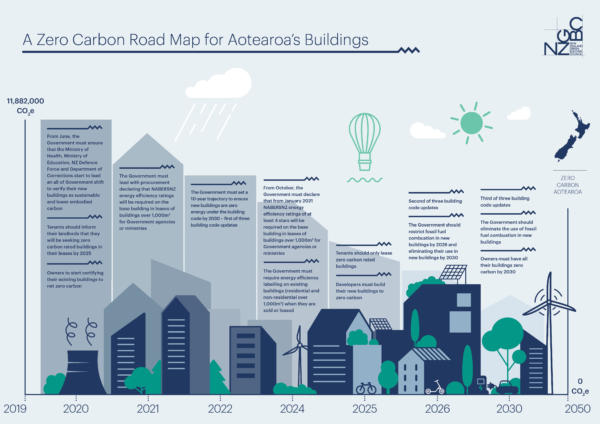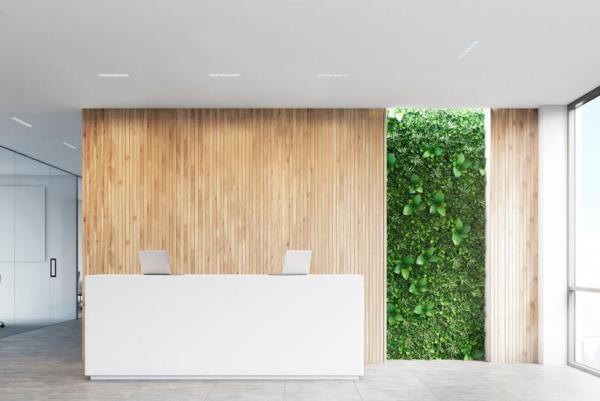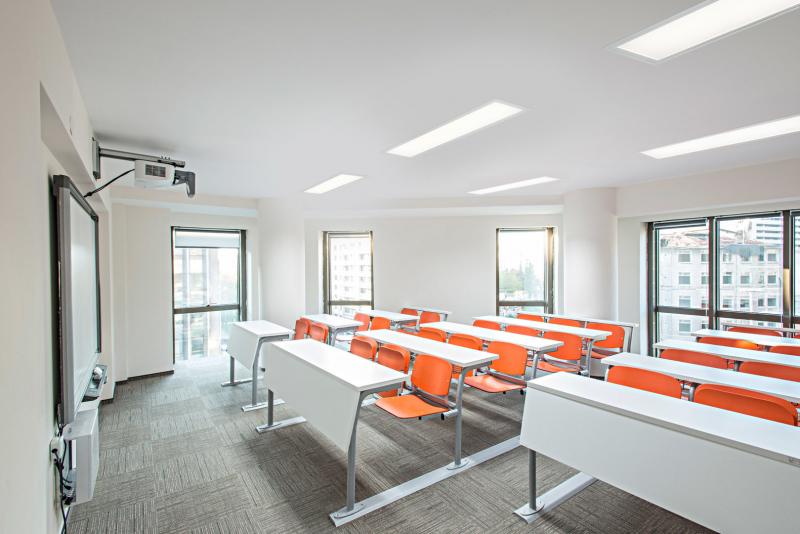Every year the world scrutinizes green technology and circular solutions with the goal to reduce carbon emissions. Many countries have taken a pledge to reduce carbon emissions, some even to reach carbon neutrality or “net-zero” carbon emissions. This includes even some of the biggest global contributors to carbon emissions and heavy coal power users like China, Germany, South Korea and even the USA [1]. However it is not as easy as to make a pledge, active planning is required which is open to criticism.
Even NZ, a country dedicated to reach a net zero emissions by 2050 under its Zero Carbon Act, sees criticism when it comes to its commercial buildings [2]. The NZ Herald recently wrote an article on the criticisms the NZ government has received for “failing to slash carbon emissions from New Zealand commercial buildings” [3]. This comes shortly after the release of the New Zealand Green Building Council’s report which brought attention to the government’s failure in their ability to meet international climate change obligations.

The concern for everyone lies in not just the feasibility of net zero emissions but at what cost can this be achieved and where can we find technology to make it happen. Buildings contribute to climate change through the production of construction materials such as steel and concrete, and when they are in use and utilize energy for basic functions like lighting and heating. Though some measures have been taken not only are they being implemented too slowly, but it also lacks the drive towards delivering on a zero-carbon environment.
Australia also has been on the radar for other countries. As a leading supplier of coal and gas for the world, it was a surprise to some that we have pledged to achieve net zero carbon emission as well by 2050 [4]. There are many methods used to make a building green whether that be rainwater harvesting, the use of renewable energy and the installation of efficient systems.
For many designers, architects and others that are part of the lighting and construction industry, we see that the requisites for buildings and lighting products get more intense. Green buildings are seen in a positive light (no pun intended) with their capability to not just reduce carbon emissions but pay for itself and save money in the long run.

Europe has a much more advanced perspective and more regulations when it comes to lighting and carbon emissions. Their technology in terms of efficiency and sustainability is incredible and has even as far as to take battery chemistry into consideration. ETAP Lighting is one of Belgium’s premium brands of lighting with a range of lighting for different scenes and different functions. ETAP Lighting is able to easily achieve Greenstar ratings and have its light source replaced after the fitting’s functional life, reducing waste and carbon emissions.
As experts in lighting design, consultancy and manufacture, Bluelab Design strive for great lighting that is effective and efficient. We are the only distributor of ETAP Lighting, a Belgium brand of premium lighting. Not only does it tick all the boxes for Greenstar certification, it upholds circular solutions where at the end of its life instead of removing the entire fitting we replace the light source.
Contact us for more information on what products and services we can provide for your next project.
Sources:
[1] “Which countries have a net zero carbon goal?”; Climate Home News; link here
[2] “NZ failure to “green” buildings”; NZ Herald; link here
[3] “Climate change: Australia pledges net zero emissions by 2050”; BBC News, 26th October ; link here
[4] “Buildings produce 25% of Australia’s emissions. What will it take to make then ‘green’ – and who’ll pay?”; The Conversation; link here


